A friend and fellow Apple fan (I’m not all Commodore!) alerted me to a massive Macintosh fire sale that was happening last weekend. The event was epic, the seller had amassed 100’s of machines from the early 80’s through to the early 2000’s. Not only were there full systems but boxes of new old stock SCSI/IDE CD-ROM’s, hard drives, cables, enclosures, modems, RAM, processors…. Well you get the idea, EVERYTHING!
I came away from the sale with the backend of the truck filled with:
- Working G3 iMac Bondi Blue with os9.1
- Working MDD G4 tower which is destined to become a dedicated MorphOs system.
- Working Powerbook 140
- And a bunch of Classic’s and Plus’ which will eventually be parted and compiled into a machine/s
Let’s look closer at a couple of systems that really stood out from the haul:
Apple Macintosh Powerbook 140
This surprising little laptop which was introduced in 1991, came kitted with a 16mhz ‘030 and 2mb of RAM, I wasn’t expecting so much power from an early 90’s laptop. My first reaction when turning the machine on however was the display. While the resolution is 640 x 400, it’s a monochrome (1bit) display, this feature clearly indicates the target audience, business users. Not the typical graphic design role that I associated Apple products with back in the day.
Regardless, the Powerbook 140 is a capable (for it’s time), lightweight machine that provides historical context to the evolution of the powerbook line.
Apple Macintosh G3 iMac – Bondi Blue
The fruity iMac series was a departure from the stagnating beige design of most of the 90’s, it could be said to be the start of Apple as we know it today. It was also the first Mac I owned and where I got a taste for the OSX operating system.
The modest 800 x 600 display was a challenge for operating Photoshop and I soon upgraded to a B&W G3 tower. While capable of running intensive software like Photoshop, the intended application for the iMac’s was as an internet machine. Equipped with a “speedy” 56k modem and the first Mac to feature USB ports which took the place of the SCSI interface adaptor and the ADB Port.
The G3 iMac is still a fun little machine to tinker with and I’m very happy to have one back in the collection.
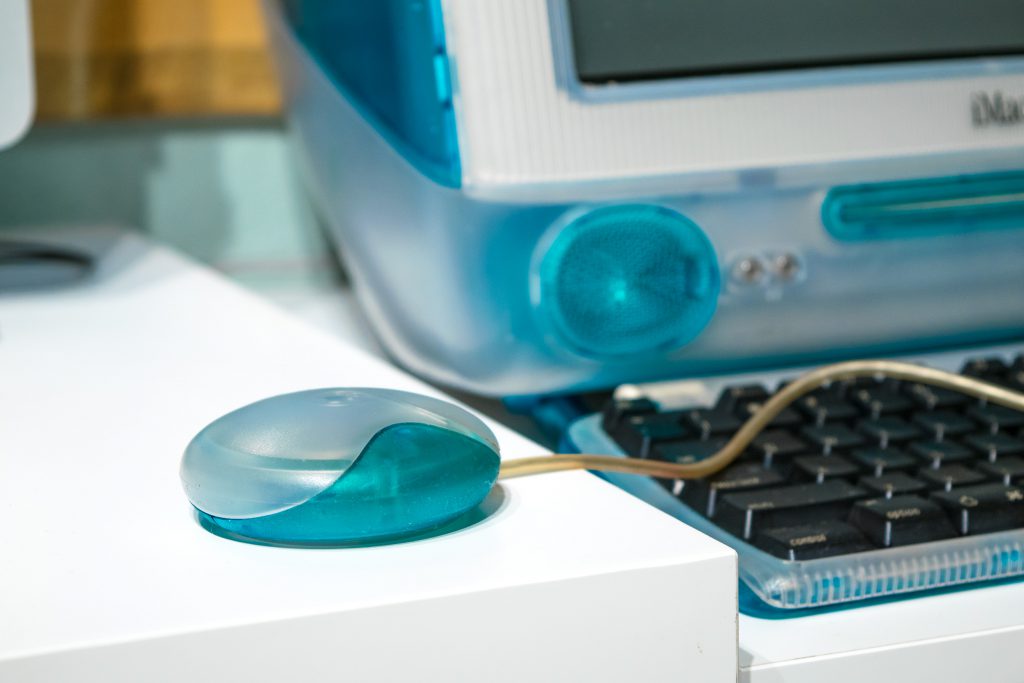

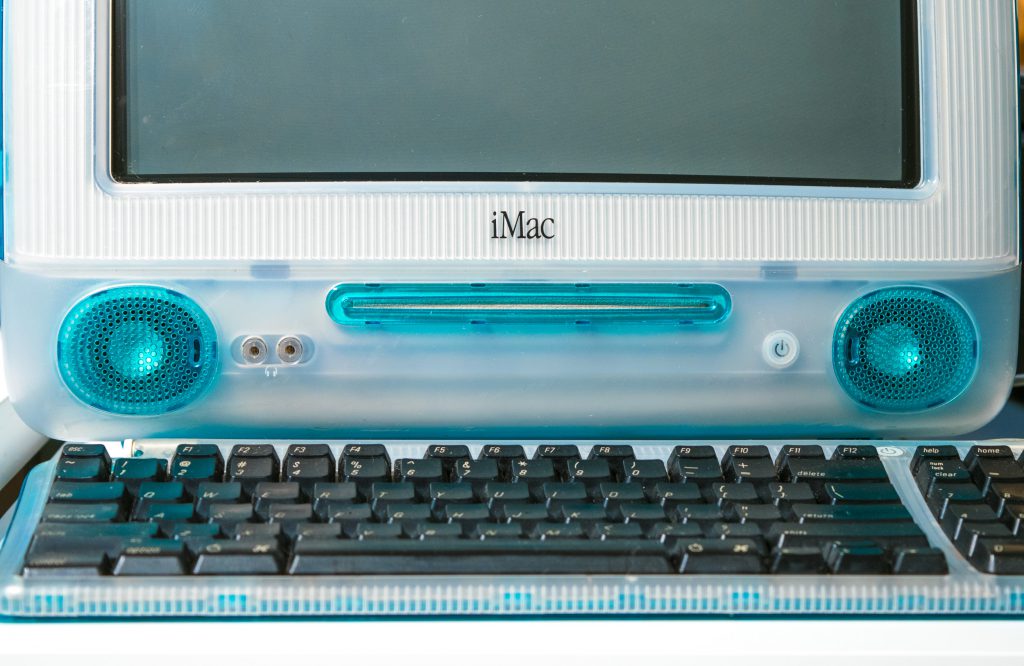

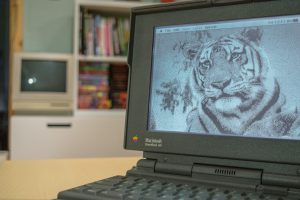
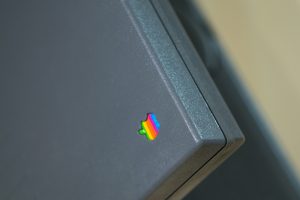
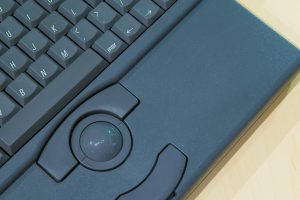
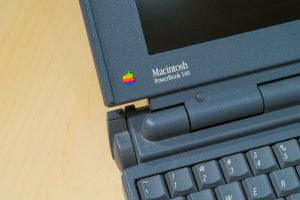






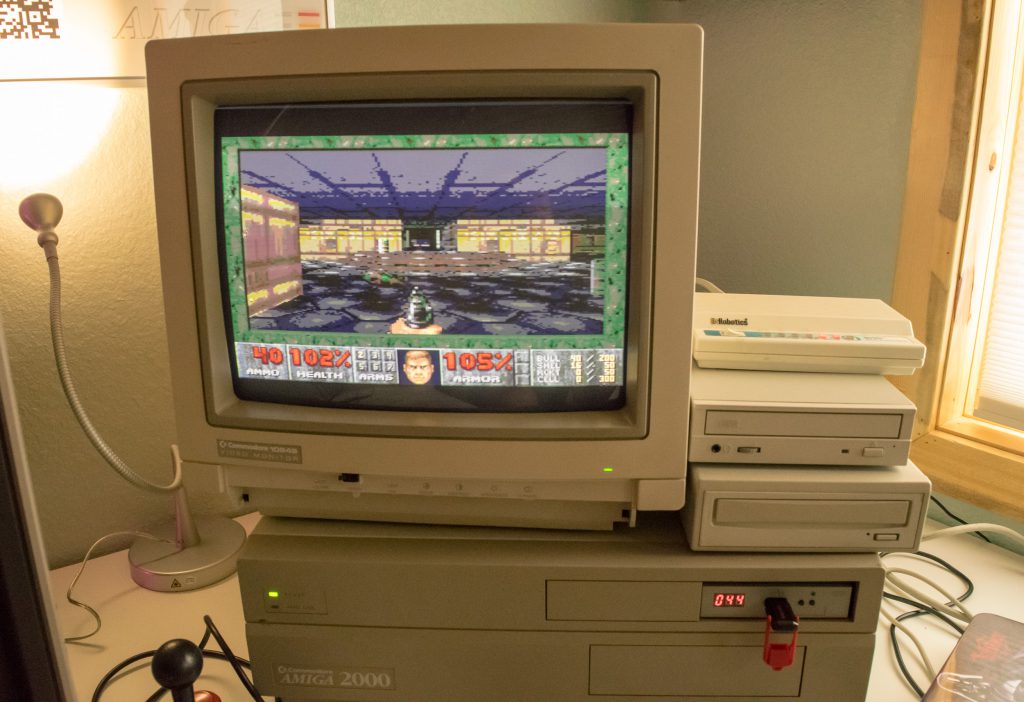
Leave a Reply